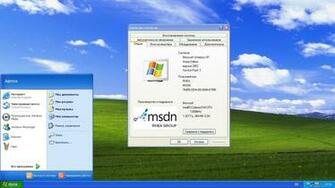

Many users do that blindfolded, while more experienced ones tend to perform deep analysis of the SP before they decide whether to go on and install it or not.

Conclusionīottom line is that every time a new service pack is launched, the general trend is to upgrade the operating system. Windows XP SP1 comes in two installation versions: the first one helps network administrators deploy the service pack on multiple computers, while the second version allows home users to upgrade a single computer – this is the Express edition of the package. It includes the Windows XP Update Package that brings patches for HTTP Request Encoding Vulnerability, Invalid Universal Plug and Play Request that can disrupt system operation as well as the Windows Protection Error generated by the installation of Flash 5.0. This collection of updates addresses Windows XP's security issues, system reliability and application compatibility. The new SP has received the Service Pack 1a title while the initial version is still distributed. Moreover, Service Pack 1 introduces the `Set Program Access and Defaults` feature to provide better control over the web browsing or instant messaging default applications as well as the option to hide and restrict access to particular software bundled with Windows XP's installation.Ī few months later, Microsoft was bind to remove its support of the Java Virtual Machine from the service pack following a lawsuit with Sun Microsystems. NET Framework and a new version of Windows Messenger. The main new features is the support for USB 2.0 devices, SATA hard drives and 48-bit LBA (HDD capacity is not restricted to 137.4 GB anymore). The service pack primarily brings security fixes and compatibility updates and it is mandatory for the Service Pack 2 installation. Since Windows XP did not impress mostly in terms of security and compatibility, Microsoft has released Service Pack 1 and Service Pack 1a in 2002, just one year after the launch of the operating system. In addition, they bring fixes, enhancements as well as new features in order to provide users with better overall experience. Microsoft's service packs refer to collections of updates for both Windows and Office.


 0 kommentar(er)
0 kommentar(er)
